Empowering creativity in communities has become key for traditional cultural and artistic heritage to continue to spread in the new context.
Architect Pham Tuan Long, Party Secretary, Chairman of People's Council of Cua Nam Ward:
The cooperation of the government, businesses and the community is needed.
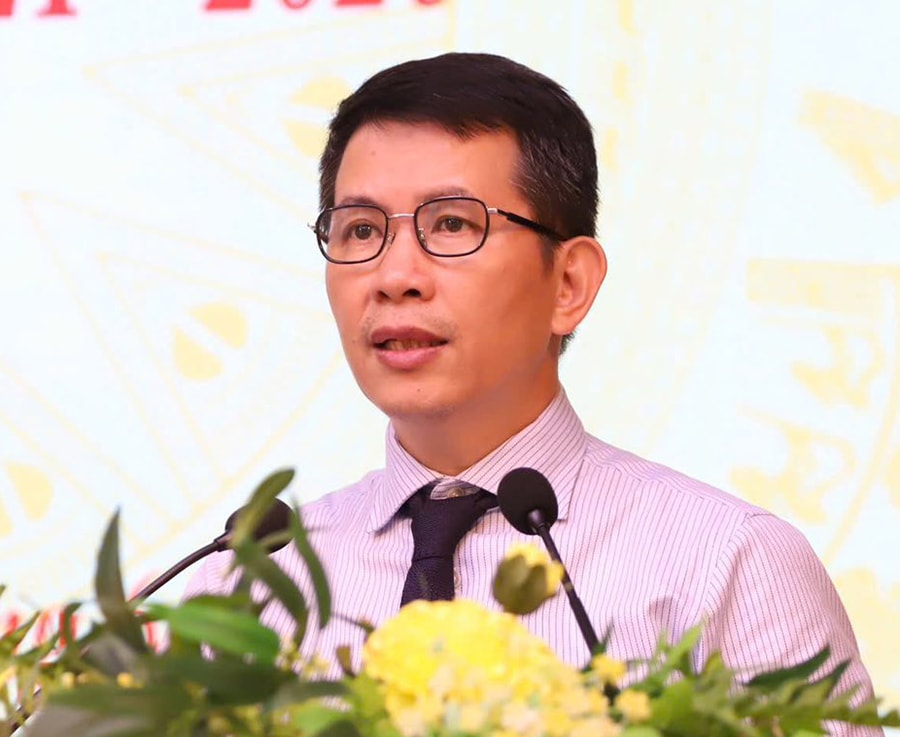
Cua Nam Ward is the core heritage area in the heart of the capital, where a huge treasure of cultural heritage is kept and conserved, rich in historical, architectural, spiritual, artistic and civic values. Therefore, since the early days of its establishment, the ward has focused on creating a favorable environment for innovation, developing artistic activities and cultural industrial products and services of the ward, harmoniously combining and ensuring a balance between cultural and commercial elements, services in the activities of the cultural industrial center; connecting the activities of the cultural industrial center with training activities, promoting heritage values, tourism and cultural exports.
To effectively exploit heritage values for sustainable tourism development, Cua Nam ward will focus on implementing well the contents such as building specific policies and incentives for artists and individuals working in the field of culture and arts in the ward. Mobilizing and mobilizing funds to support local artistic creation, especially prioritizing painting and music projects with digital elements or associated with tourism; developing cultural centers, performance spaces, galleries, areas for artists and creative communities; building a "Community Digital Art Creation Space" equipped with equipment for digital painting (electronic drawing boards, graphic software) and music production to organize workshops, attract people and tourists; building a cultural brand typical of Cua Nam ward, effectively connecting with Hanoi's tours. Build the ward's own mobile application on culture, arts and tourism, where event information is aggregated, digital works are displayed, live performances are broadcast and tourism information and art experience tours are provided; call for investment from society, strengthen public-private cooperation, and effectively exploit cultural development funds...
To achieve this goal, it is necessary to have the cooperation of all levels of government, businesses and the community in synchronously implementing solutions on mechanisms, infrastructure, human resources and technology application. I believe that, with efforts and determination, Cua Nam ward will strongly develop culture and arts, contributing to the prosperity and sustainability of the capital and the country.
Ms. Jimin Jeon (Korean expert, Director of Poem Music):
Putting community at the center of innovation
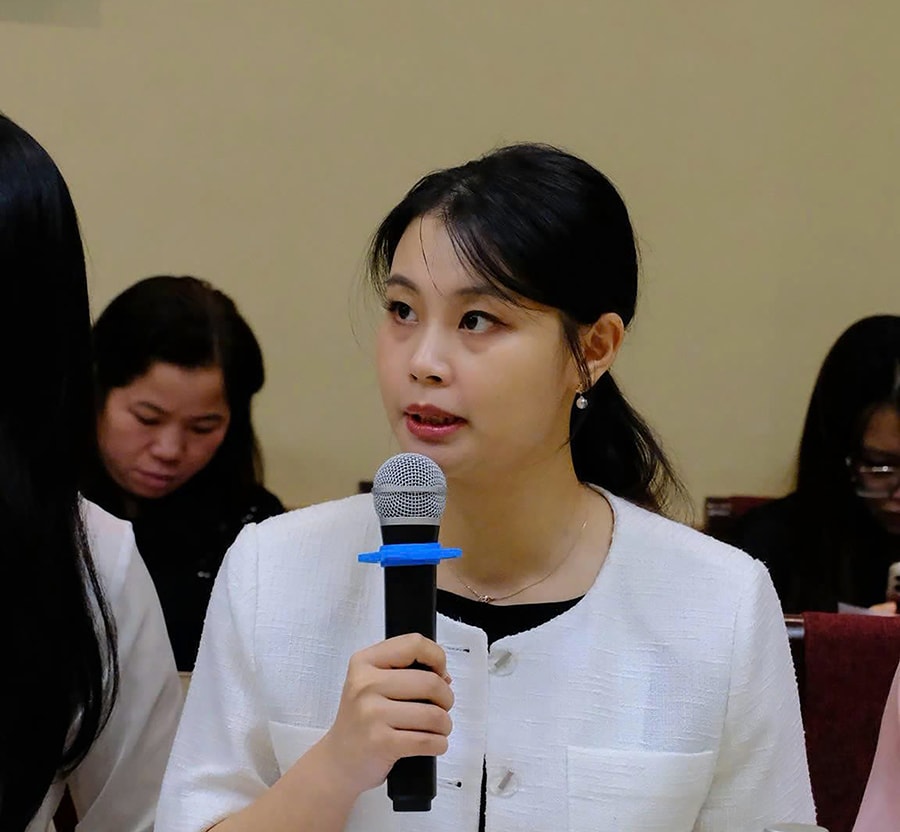
In the context of globalization, international cultural exchange has become an important factor in preserving and developing traditional music. The KOVIET SINAWI project - implemented by Poem Music from 2024 - is a collaborative creation between Korea and Vietnam, aiming to combine Vietnamese traditional music and Korean SINAWI to create a modern orchestral work, while establishing a model of sustainable international cooperation.
The core of the KOVIET SINAWI project is improvisation - a characteristic element in traditional music of both Korea and Vietnam. In this project, improvisation is considered the soul of the work. Similarly, in Vietnamese traditional music, improvisation plays a central role in the formation and development of the work. When combining the two traditions, Korean and Vietnamese artists not only find similarities in the system of melodies, sounds and rhythms, thereby creating new harmonies, but also put the community at the center of creativity, so that traditional music is not only performed, but also opened up for the audience to participate, dialogue and continue creating.
One of the key innovations of the KOVIET SINAWI project is the application of digital technology throughout the entire implementation process - from exchanging ideas, practicing to performing and disseminating results. Technology is not only a supporting tool, but also becomes an open space for community art, where artists and the public connect, create together, break geographical boundaries, and expand the range of community participation in traditional music creation.
Professor Noriaki Mita (Japanese expert, Director of Mita Gagaku Research Association):
“Open” for community co-creation
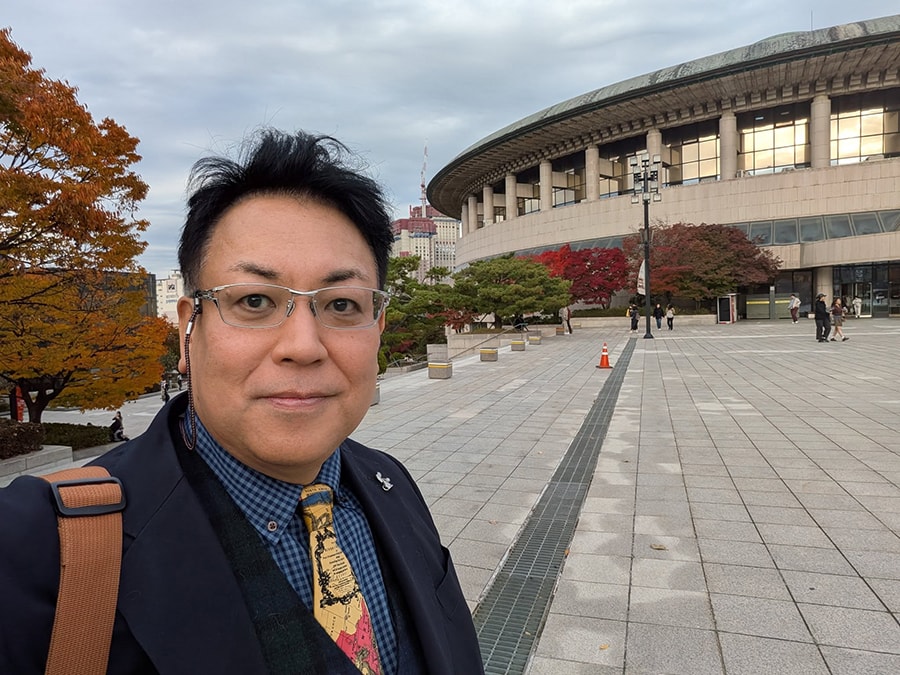
In the traditional art of Gagaku (Japan), in the past, Gagaku artists could only learn directly from members of families who maintained the tradition of this art. But now, this art has been opened to the wider community, even young people can start learning from high school, from well-trained professionals - not necessarily having "origins" from traditional families. This is an important shift, from internal transmission of the craft to passing on creativity to the community.
To prevent the loss of performing skills, the proposed direction is to bring Gagaku back to the public in its original form so that the audience understands that this is an art that has both ritual and entertainment elements; at the same time, create a healthy competitive environment between artists and develop open training models, including online dance training through online conference systems.
In my opinion, performances for international visitors should be seen as part of the Japanese cultural experience. The success of the project lies not only in the performance, but in transforming Gagaku into a participatory cultural and spiritual experience, so that the community (both domestic and international) becomes the subject of receiving, understanding and continuing to spread this art.
Source: https://hanoimoi.vn/trao-quyen-sang-tao-cho-cong-dong-722854.html










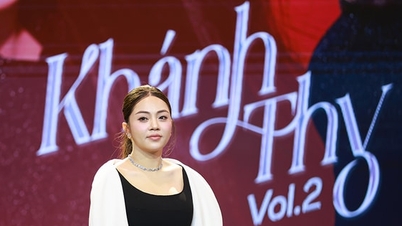
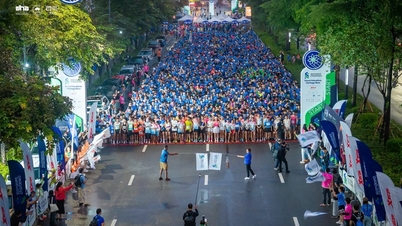

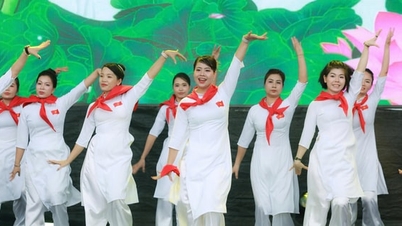
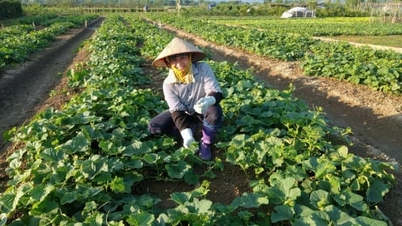

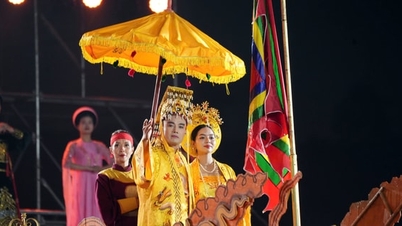










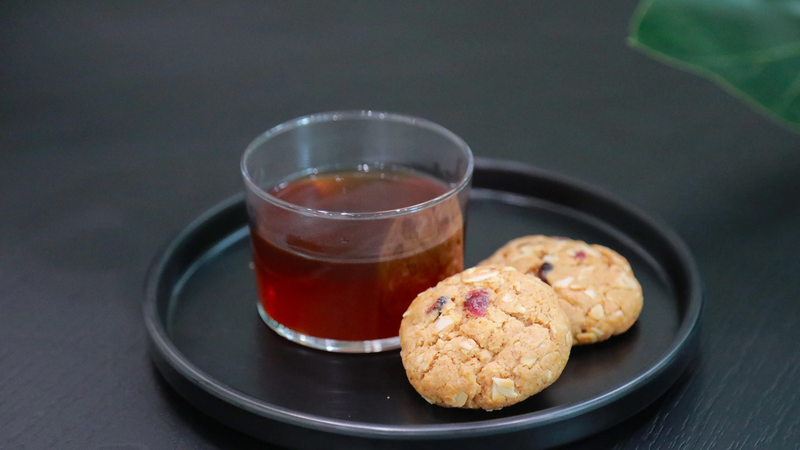



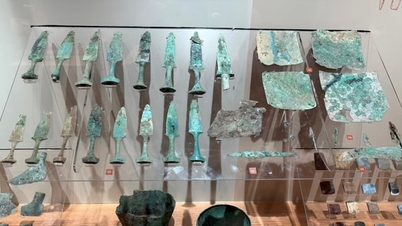



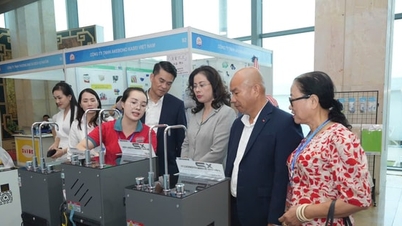




































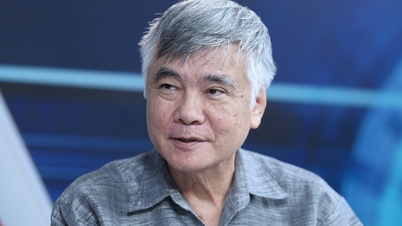














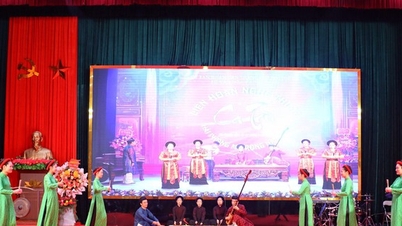














![Dong Nai OCOP transformation: [Article 4] Reaching national standard products](https://vphoto.vietnam.vn/thumb/402x226/vietnam/resource/IMAGE/2025/11/11/1762825820379_4702-cac-san-pham-trai-cay-chung-nhan-ocop-nongnghiep-174649.jpeg)



![Dong Nai OCOP transition: [Article 3] Linking tourism with OCOP product consumption](https://vphoto.vietnam.vn/thumb/402x226/vietnam/resource/IMAGE/2025/11/10/1762739199309_1324-2740-7_n-162543_981.jpeg)



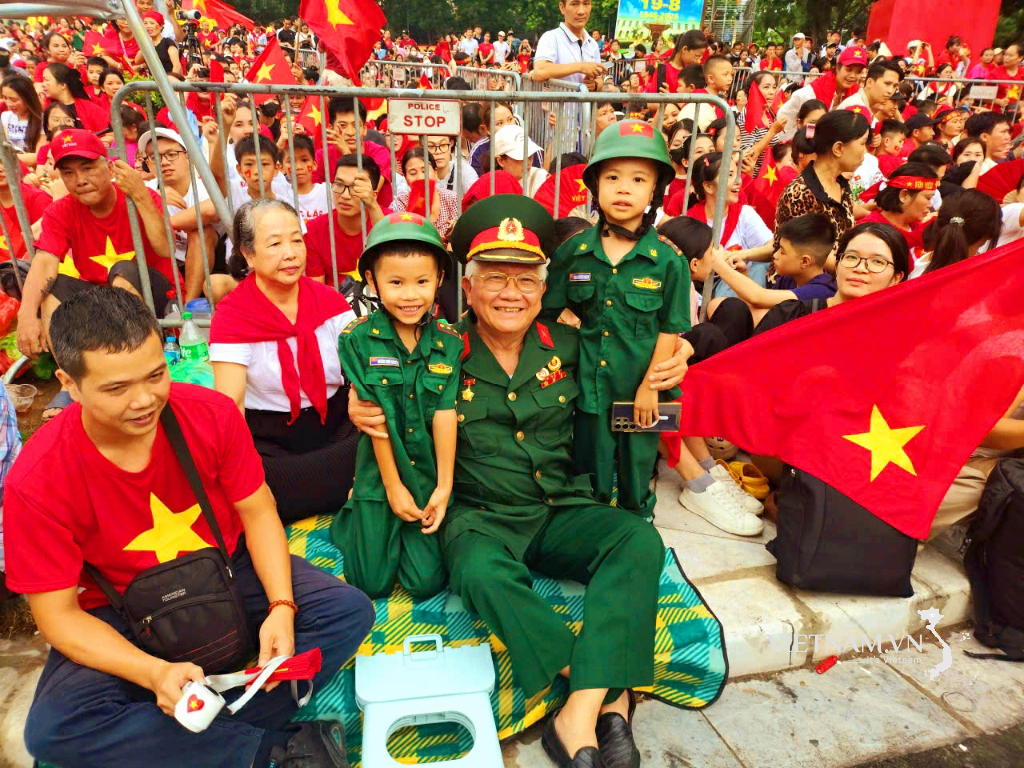


Comment (0)